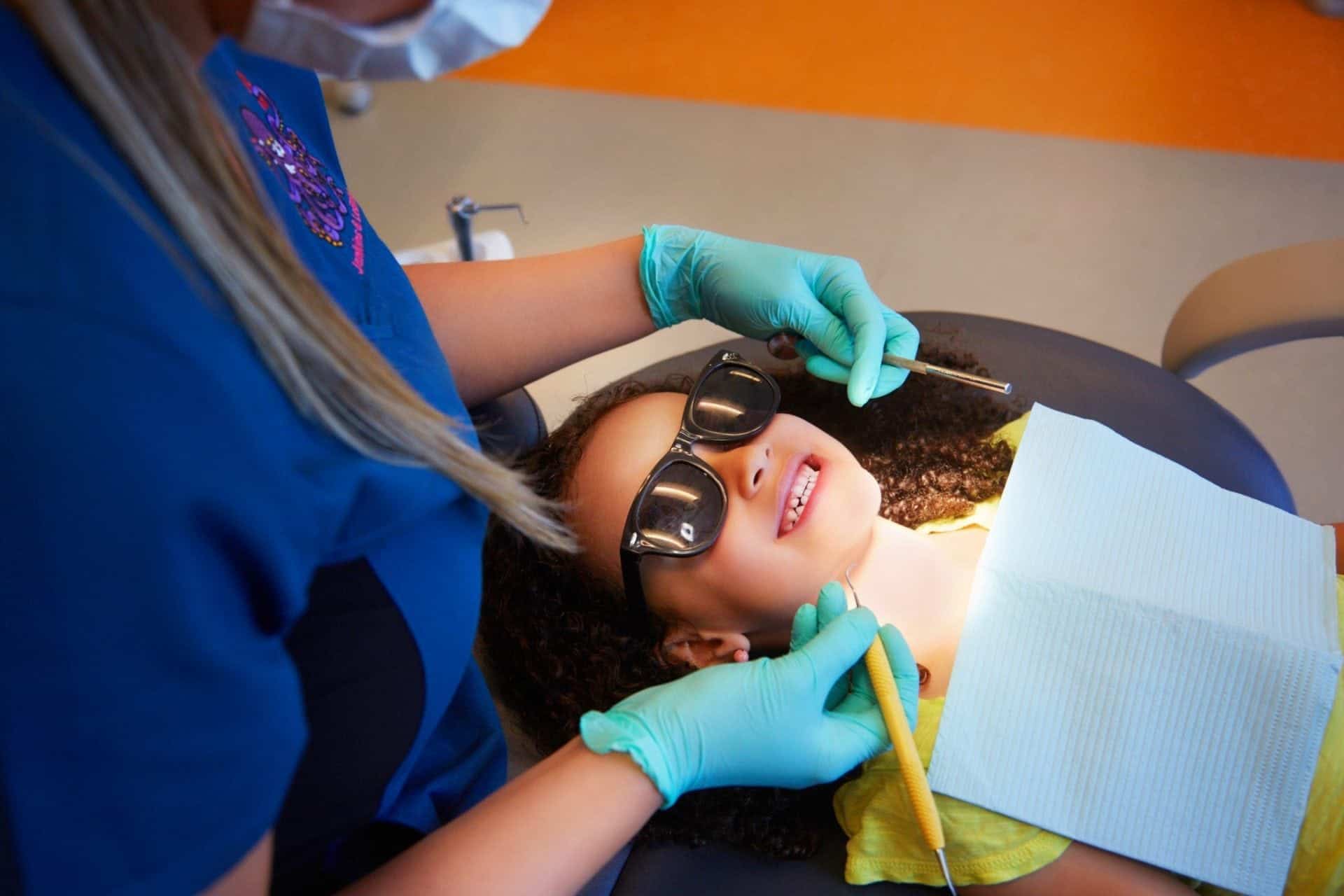Some surfaces of teeth are hard to brush and floss, especially for children. Over time, plaque buildup could cause cavities and lead to tooth decay. Sealants help prevent the teeth from decaying, filling the grooves of the permanent molar to keep out food particles and plaque.
What are dental sealants?
Dental sealants are a thin plastic coating placed on the chewing surfaces of the teeth. Seals are typically applied to the permanent back molars and help “seal out” food particles and plaque that may cause decay.
They act as a barricade to shield the space between the tooth surface and food particles or bacteria that may cause a cavity in the deepest groove areas.
What do they look like?
Sealants can be clear, white or slightly tinted, depending on what type of sealant is used. Sealants typically cannot be distinguished from the tooth’s surface.
When should they be placed?
Sealants are usually placed on the first permanent molar as soon as the chewing surface has completely emerged from the gum.
Because tooth decay can begin early in life, it is important for children and teenagers to get sealants once their permanent teeth come in. That way, the sealants can protect your child’s teeth throughout the cavity-prone years of 6-14.
How are they placed on my child’s teeth?
The tooth is first thoroughly cleaned with paste and a rotating brush. The tooth is then rinsed and dried. Cotton or another absorbent material will be placed beside the tooth the help it dry during the sealant process. An acidic solution is placed on the tooth for several seconds before being rinsed off.
This solution helps the sealant bond to the tooth. The tooth is rinsed and dried again. The dental sealant is painted on the tooth enamel where it will bond with the tooth and harden. A special curing light is then used to help the sealant harden quickly.
How long do dental sealants last?
Dental sealants can last up to ten years; however, it is still important to have them checked during your child’s regular check-ups to be sure that none of them have chipped or worn away.
What If My Child’s Dental Sealant Is Damaged?
If a sealant becomes damaged or chipped, it can be removed and replaced with a new one.
What’s the Difference Between A Dental Sealant and A Filling?
Sealants are a preventative measure to help avoid tooth decay. Sealants are placed on permanent molars with no previous decay. Fillings restore the tooth already damaged by decay.
Visit ADA’s MouthHealthy Kids for more tips about dental health.
Get in Touch
Did you know most insurance companies cover the cost of sealants? Check with your dental insurance carrier to see if sealants are covered in your plan.
Interested in learning more about dental sealants? Get in touch, schedule an appointment today. We look forward to seeing you!
